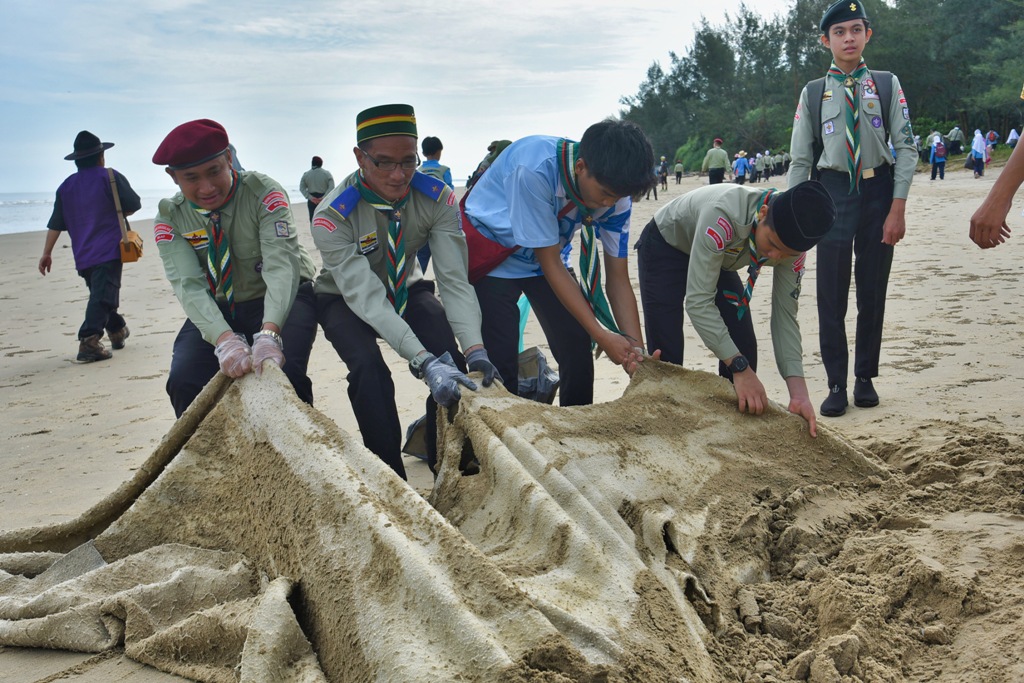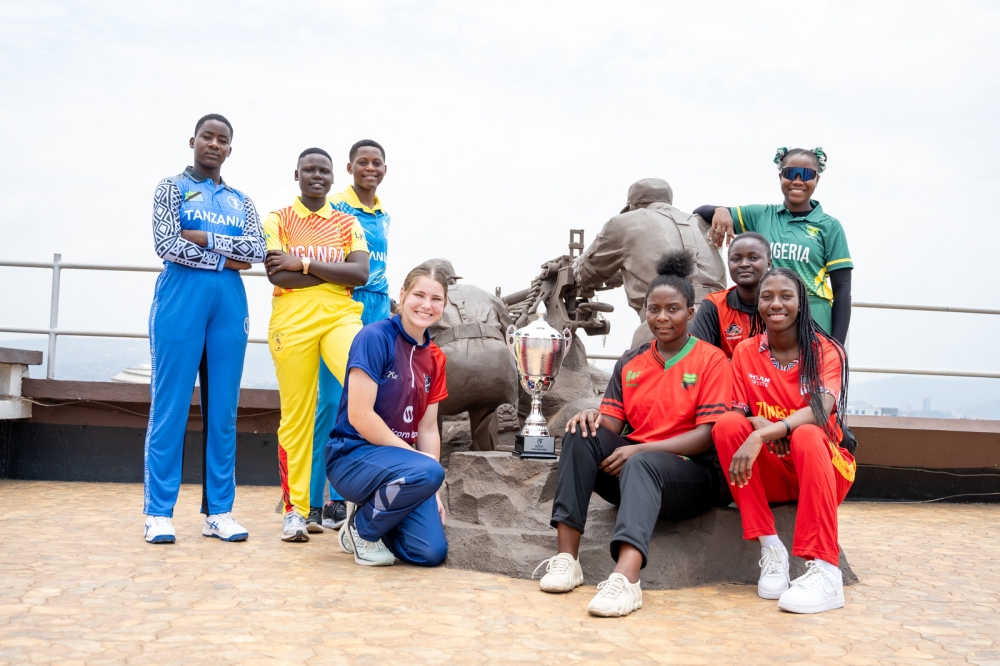In the end, the five-week inquest into the death of Gore toddler Lachlan Jones boiled down to two factors: science and circumstances. The first phase of the inquest was held in May. Listeners to Newsroom’s DELVE podcast The Boy in the Water will know all about it: wild accusations, tears, high courtroom drama.
Lachie’s parents both cried in the dock. Michelle Officer, Lachie’s mother, has always maintained her young son escaped her peripheral vision when they had stopped into a neighbour’s house before making his way up the street, along a stony road, over a fence and near the end of two large oxidation ponds before falling in and drowning. Paul Jones, Lachie’s father, is convinced there are too many unanswered questions to make this scenario plausible.

This second phase of the inquest began as a far more sedate affair. Designated as the ‘expert’ phase of the inquest, a selection of professionals including two forensic pathologists, a former US detective and a paediatrician, were given the two month hiatus between fixtures to review the evidence from phase one before forming and presenting their opinions. There was a naïve, remote sense of hope at first, that these experts would unveil the answer, each providing a piece of the puzzle until the picture revealed itself and everyone could go home.
Instead, whiplash, badgering and a sprinkle of magical thinking were the cornerstones of the week-long fixture. How the little boy got to be in the town’s sewage pond, 1.2km from home, face up, with a full nappy and no water in his lungs on a hot January night in 2019 remains as elusive as finding consensus among the professionals who dutifully appeared in the dock and on the large video screen in courtroom four of the Invercargill courthouse.
The stark difference between the experts who had read the most recent developments to come from the court, and those who hadn’t, was on full display. Forensic pathologist, Wellington-based American Dr Judy Melinek, appeared on the courtroom screen on day two. She had been called by the lawyers for the pathologist who conducted the autopsy of Lachie, and was unequivocal in her conclusion the little boy had drowned.
Melinek was able to reach this diagnosis in part due to the evidence gleaned from Lachie’s post mortem, which was carried out by a non-forensic pathologist who did no internal examination of his head to check for injuries that may not have been visible externally. Melinek was also at pains to point out forensic pathology was not something carried out in a vacuum – diagnoses needed to include the context and circumstances in which the body was found – which in this case formed the second part of the basis for her opinion. However, the circumstantial evidence she referred to to reach her conclusion came entirely from information from the original police investigation, much of which has since been updated in the first phase of the inquest.
Melinek repeatedly talked about the foam coming from Lachie’s nose and mouth (foam issuing from the nose and mouth is almost always present in recent drowning deaths) and it took meticulous cross examination to expose the fact she did not know Lachie had a small amount of foam around his mouth only. That she either hadn’t read the newer information, or hadn’t deemed it relevant, appeared to surprise Simon Mount KC, the lawyer assisting Coroner Alexander Ho, who carried out this cross examination. Perhaps more surprising was watching in real time how an idea with no scientific evidence behind it was able to morph into something resembling a fact just because one of the experts raised it as a possibility.
Appearing on the first day was forensic pathologist Dr Martin Sage. A short, fit looking man with round black rimmed spectacles and a tidy moustache, he turns up regularly in courts around the country as an expert witness. Sage’s primary focus appeared to be what he saw as the inadequacies within the country’s post-mortem services.
(In 2018 New Zealand’s single national forensic pathology service was split into four regional contracts. At the time, forensic pathologists warned the government this change could lead to homicides being missed or miscarriages of justice occurring. Four months later Lachie died and his body was sent to the wrong kind of pathologist leading to a substandard post mortem.
) While Sage’s axe to grind is indeed interesting and important, the scope of the inquest is on the cause and circumstances of Lachie’s death. On this, he wrote in his submission to the court that, based on the evidence available, he would have made a finding of “unascertained”. In court, however, he revised this opinion quite considerably.
Unlike a criminal trial, in which the standard of proof is beyond reasonable doubt, in a coronial inquest decisions are made on the balance of probabilities and on that basis, Sage updated his conclusion to agree with Melinek: Lachie had drowned. But how to overcome the elephant in the room? The biggest sticking point in reaching a diagnosis of drowning in this case has always been the fact Lachie’s lungs were not heavy or waterlogged. Heavy, waterlogged lungs are something you can expect to see in more than 98% of drowning cases, according to the most recent agreed science.
Sage’s answer to this extraordinarily unusual situation, where Lachie’s lungs were light, had no fluid in them and were described in the autopsy report as “unremarkable”, is that this is normal in a drowning victim who has undergone 40 minutes of CPR and artificial ventilation When questioned by Mount on the science behind this supposition, Sage admitted there were no studies or data to support his claim, however it seemed a “reasonable conclusion” to him. And he wasn’t the only expert to posit this theory. Melinek also wrote in her brief of evidence that, “resuscitation attempts would also explain why the lungs were not as heavy as they would’ve been expected to be in the drowning”.
By the time pediatriacian Dr Carmen Basu appeared on day five, it almost seemed this theory had become accepted science. “We’ve heard evidence from two independent pathologists who both said in so many words that these lung weights don’t rule out drowning as the water may have been expelled through the process of CPR. Am I right to assume you don’t disagree with those pathologists on that?” asked the lawyer for the pathologist who conducted the autopsy on Lachie.
“I definitely don’t disagree with them,” replied Dr Basu. Simon Mount KC was able to clarify Dr Basu’s position on this topic when he asked whether the reason she didn’t disagree with the pathologists was “because that’s their field of expertise.” “Yes.
..in terms of commenting on lung weight and what would be normal, I would defer to the pathologists.
” Theatre returned to the courtroom on day three when US former forensic detective Karen Smith was cross examined by the lawyer acting for the police, Robin Bates, a longtime Crown solicitor from Dunedin. Smith’s conclusion in her brief of evidence to the court is that, based on what she calls the “totality of circumstances”, Lachie was placed in the pond and the scene staged to look like an accident. She told the court she has spent 1000 hours examining the case in an attempt to disprove the hypothesis he was put in the water post-mortem, and because she could not disprove it, had to conclude this was what happened.
Bates was, to put it mildly, exasperated with this very American style of investigation. Over what felt like an entire day, but was probably closer to four hours, Bates pushed and probed Smith on her credibility, accusing her of being biased, having an agenda, ignoring evidence from other experts and not being qualified to make the assessments she has. (At one point there was a whiff of the 1970s when he asked whether Smith, who has no children of her own, had any experience with them.
) The police remain steadfast in their belief Lachie’s death was an accidental drowning, and Smith has been vocal in her criticisms of the initial investigation into his death. She has also criticised the reinvestigation, led by Dunedin’s Detective Inspector Stu Harvey, which concluded after a year with no new findings released, and the review into police handling of the case, led by Detective Superintendent Darryl Sweeney, who didn’t interview the three officers at the centre of the case for the review. In court, Bates appeared flabbergasted Smith would question their work: “You wouldn’t be surprised to hear that in combination.
..these two officers are very, very experienced, and in total probably have in the order of 70 years’ experience, a great deal, if not most of that, in the CIB.
” He went on to question Smith’s years as a forensic detective in Jacksonville, Florida and whether this was enough experience to be able to criticise these investigations. Bates: “Obviously with your, we now know about, 11 years’ experience, you consider yourself capable of criticising their analysis and reports which have been provided. Is that correct?” Smith for her part told the court she had never experienced a situation before where her efforts in helping to solve a case were seen as antagonistic towards the police.
The most dramatic moment arrived on the penultimate day, which was reserved for three witnesses who had been the subject of new evidence between phases of the inquest. The first was a young woman who had revealed Facebook messages with a young man called Tyler suggesting Lachie had been thrown into the pond by his half-brother Jonathan. This young woman, who has name suppression, gave her statement to police on May 6 – during the first week of the inquest.
Curious about why there had been no mention of these witnesses or this evidence before, given their relevance to the case, Newsroom asked when police had informed the coroner about these claims, and we received this reply: “Coroner Ho became aware of the existence of the messages and that police were conducting an investigation into them on 26 July 2024. Counsel for the police advised counsel assisting on this date, who then brought it to the coroner’s attention.” Which is to say, police waited until just before the second phase began to tell the coroner about this important information.
No matter, all three were summonsed anyway, and on Wednesday at 10am the young woman sat in the dock to share what she knew. Because she was called by the police, Robin Bates was the first to question her. With a high mistrust of police, and given Bates’ adversarial style, it didn’t take long for her to become distressed and start shouting and swearing at him.
After a short break and a cup of tea, testimony resumed with Mount opening the questioning instead. The young woman said recent media coverage of the case had prompted her to come forward. She said she hadn’t done so earlier because all she had was “verbal proof,” and she believed she needed more evidence.
She said that further evidence came in the form of the Facebook messages. She also told the inquest that when she was a child, Jonathan and his brother Cameron, who were slightly older than her, tried to drag her to a nearby river but were stopped by her mother. She recalled other occasions where she said Johnny had been unkind, including him shaking her out of a tree.
The woman’s motivations and reliability were probed during cross-examination. She denied anyone had incentivised her for her evidence and acknowledged she had experienced past substance abuse problems but said this was not a factor in what she had told the inquest. Both Tyler and Jonathan were called to the inquest to respond to the young woman’s claims.
Tyler told the inquest there was “no truth” to the young woman’s account. Throughout his evidence, his frustration at having to appear was evident. He said he had known Jonathan for years as a friend but they were no longer in regular contact.
He said he did speak with Jonathan at some point in 2019 when Jonathan told him Lachie had died. Tyler admitted he had sent the messages to the young woman, but had just been trying to put an end to their conversation. The last witness to appear was Jonathan.
He gave his evidence via video link having recently moved to Australia. From the outset, he firmly rejected the claims he had thrown Lachie into the pond, saying the idea that he would hurt his brother was “disgusting”. Jonathan told the inquest he believed the young woman had “completely.
..made up” her claims.
He also denied her allegation he and his brother had tried to drag her to a river, or bullied her on other occasions when they were children. The final day of the inquest was occupied by closing submissions from the lawyers and statements from Lachie’s parents, Paul Jones and Michelle Officer. The lawyer for Lachie’s mother read Officer’s statement: “.
..our whole world has been shattered since Lachie’s passing, words cannot express our grief and loss over losing my son and our brother.
Lachie was the most loving and kind little boy. We treasure the memories we have had with Lachie, they are most sacred and private to us”. Jones read his own statement to Coroner Ho.
He spoke emotionally of his disappointment in the police investigation and the enormous toll Lachie’s death and its aftermath had on him. “The financial burden of the last five years has put me into debt probably for the rest of my life. My health and emotional wellbeing has suffered hugely as a proud dad of Lachlan.
I now spend all his birthdays and Christmases at a headstone. I never once got to take Lachie to school or watch him play any sport or celebrate any milestones, but I have continued to fight for him outside life because I’m still his loving dad. Coroner Ho, my son idolised the police, but they have hugely let him down.
I now ask you to answer all my original questions I’ve asked through the letter to the police commissioner, so me and my beautiful son Lachie can rest.” In his closing remarks, Jones’ lawyer, Max Simpkins, said Lachie’s death should be ruled as “undetermined” because there was insufficient evidence Lachie accidentally drowned. He highlighted several factors he said pointed away from Lachie having drowned.
These included: the absence of water in his lungs; no plume of foam coming from his nose and mouth; that Lachie’s body had no signs of struggle consistent with drowning; and that because his head was never examined internally it could not be ruled out he suffered a head injury before death. Simpkins urged the coroner to recommend the police reinvestigate the case, in particular, Lachie’s movements on the afternoon he died. He said the inquest process had already identified witnesses missed by the police, including a person who said he saw two teenagers and a child in a high vis vest on the afternoon of Lachie’s death by a fence near the ponds; the young woman with the Facebook messages; and a courier driver who worked next door to a location Lachie was meant to have visited that day but said he never saw Lachie or his mother.
On behalf of the police, Bates accepted there were shortcomings in police procedures during the initial investigation and that police tried to rectify those as far as possible. “There are some matters and not only as relating to the police but also the autopsy as is patently obvious where the clock cannot be turned back and we are left with dealing with what we have rather than we have not.” Bates said police maintained Lachie had accidentally drowned, and noted the two forensic pathologists, Sage and Melinek, believed drowning was the most probable cause of death.
And while the reliability of eyewitness identification accounts has been questioned extensively (and as Simpkins pointed out in his closing address, is so notoriously unreliable it has resulted in miscarriages of justice), it remained one of the cornerstones of Bates’ closing address. “Identification evidence, when looked at with the correct approach, gives rise to a very strong inference that a young child in a high-vis vest was running along Salford Street and onto Grasslands Road about 9 pm on the night Lachie went missing.” One thousand pages of witness testimony transcript and 2000 pages of documentary evidence now sit before the coroner to analyse and come to some kind of conclusion.
Of course, everyone wants to know how long this will take and what the outcome could be. The coroner addressed this at the end. “I am acutely aware that it is hard to be asked to wait and have faith in the process, especially for some who feel that they have been let down by the process already and it has now been over five and a half years since Lachie died.
“The wait is perhaps even more difficult when...
it may be that not all of the questions about what happened that day will eventually be able to be answered on the evidence that is before me. I can only promise that I will work as hard as I can with the evidence that has been given to try and cast some light into the shadows that exist about what happened to Lachie that day and that the work for Lachie continues.”.



















